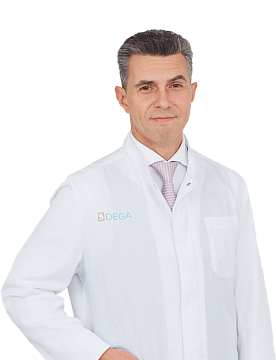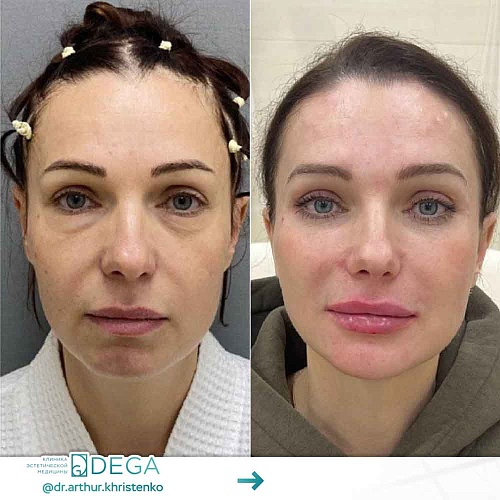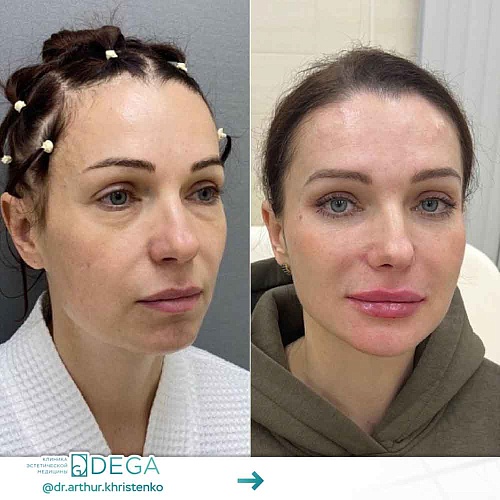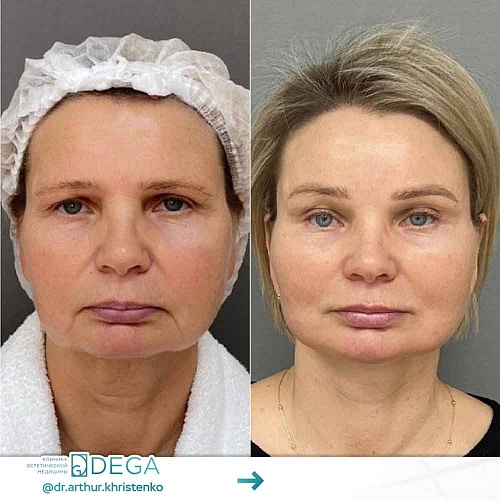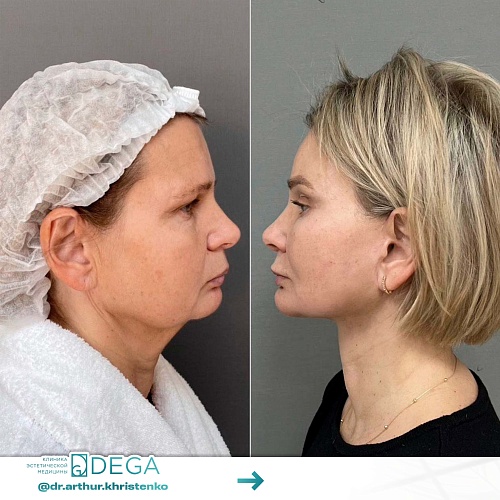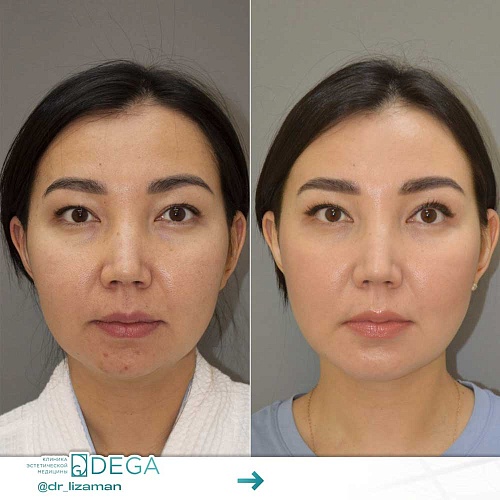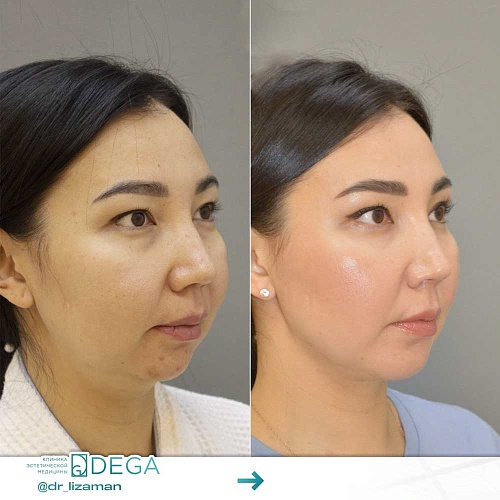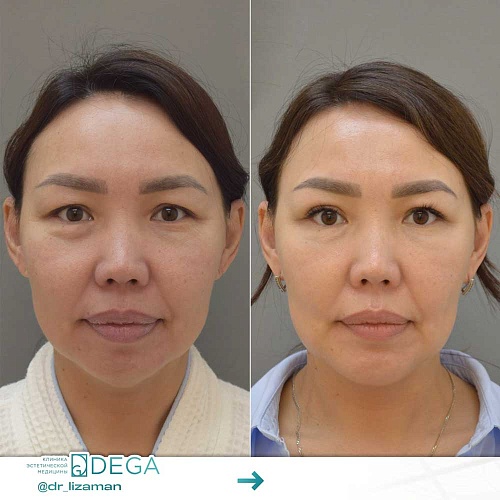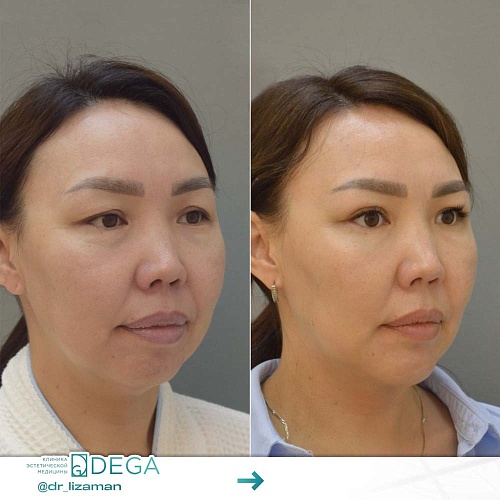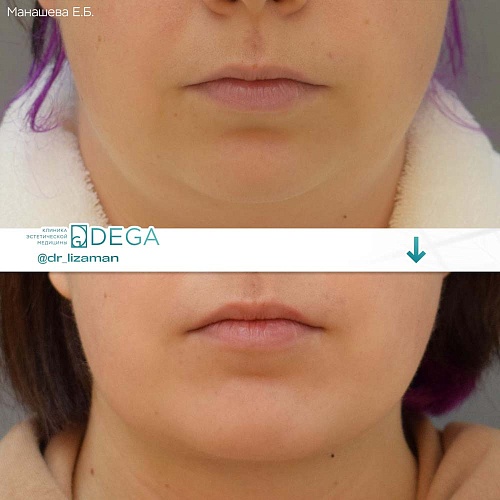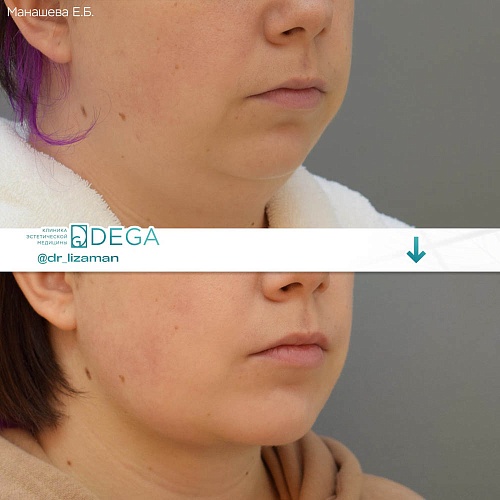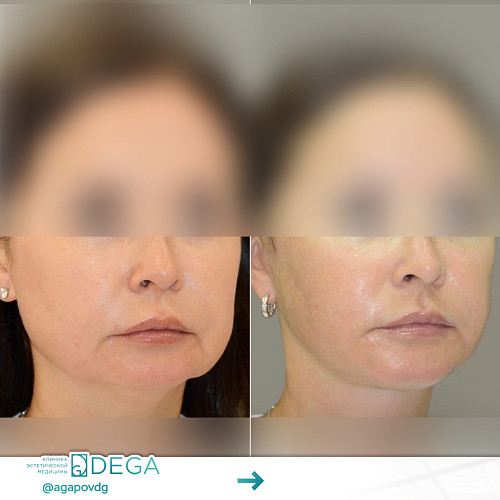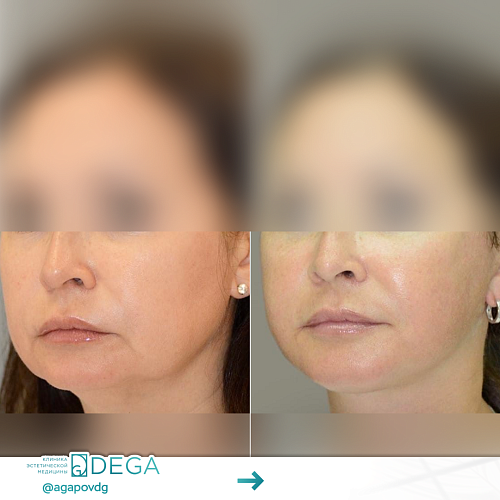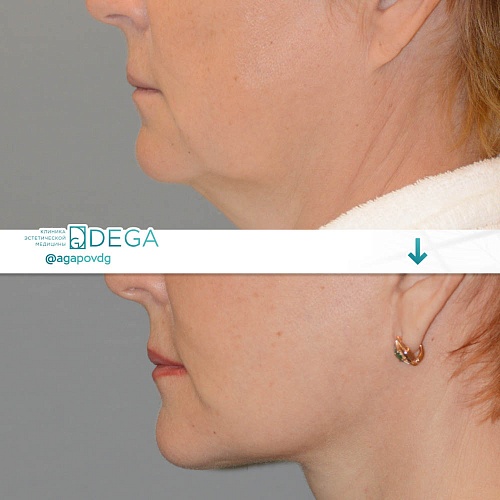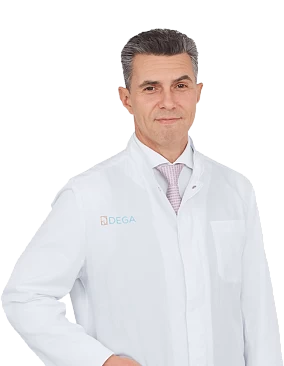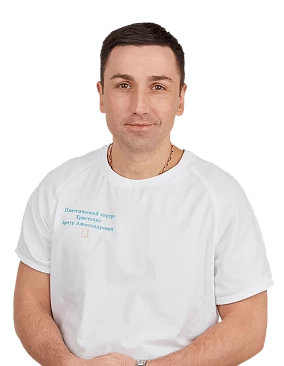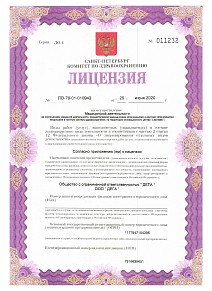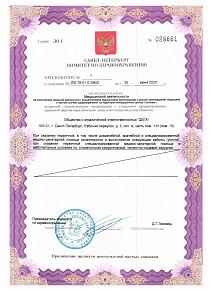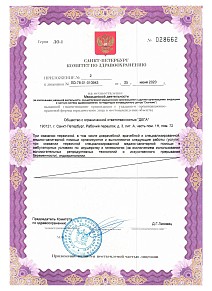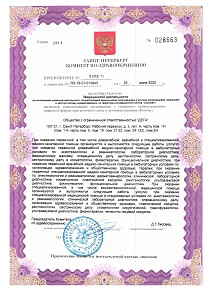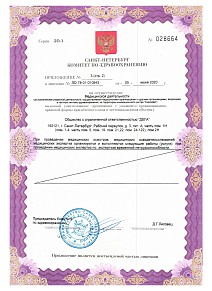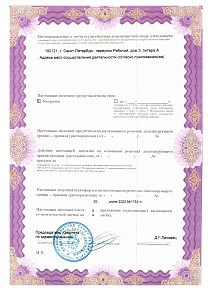If you have aesthetic problems with your lower face, your doctor may suggest surgery to reshape your chin. Plastic surgeons call these surgeries mentoplasty or genioplasty. These are different variants of surgical interventions in the bones of the lower jaw and soft tissues, which allow you to change the size, correct the shape of the chin, harmonizing facial features, both in the front and in profile. Such intervention is especially important in cases of a massive, asymmetric, elongated or too small chin, a sloping lower part. The use of implants, various techniques on the bone tissue or skin can help eliminate most imperfections.
DESCRIPTION
Plastic surgery to reshape the chin may be recommended if the following indications exist:
- Underdevelopment of the chin, too small, beveled;
- too large, projecting forward, massive chin;
- congenital or acquired, post-traumatic asymmetry of the chin;
- Changes in the shape of the chin due to bite problems, anomalies of the bone system.
Additional indications for surgery can be determined by the plastic surgeon during the initial consultation. Sometimes the doctor combines chin correction with other surgeries - correction of nose, forehead, zygomatic area.
CONTRAINDICATIONS
Among the key contraindications to mentoplasty, whether chin reduction, implant correction, or other interventions, are:
- any kind of malignant tumors;
- lesions of the heart and blood vessels, which lead to an overall severe condition of the patient;
- endocrine system disorders (including diabetes mellitus);
- clotting system abnormalities, vascular lesions;
- acute infections, exacerbation of chronic pathologies;
- tendency to form keloid scars.
After consultation and examination, the doctor may determine additional contraindications to intervention.
PREPARATION
Depending on the scope of the mentoplasty (chin augmentation, chin reduction), the scope of the preliminary examinations will vary. A consultation with an orthodontist and a review of the maxillofacial apparatus may be necessary, especially if a bite correction is required. This can be a determining factor in the choice of method and timing of surgery. Before the intervention, the doctor clarifies how much the chin plasty costs, prescribes the necessary tests and instrumental examinations. The list of preparatory activities includes:
- Laboratory tests - general analysis of urine, blood, biochemical tests, coagulogram, tests for HIV, syphilis, viral hepatitis;
- electrocardiogram;
- fluorography.
It is also necessary to consult a general practitioner, to see an anesthesiologist, and, if necessary, a consilium with orthodontists and maxillofacial surgeons.
TYPES OF OPERATION AND STEPS
If a reduction mentoplasty or chin augmentation is required, the doctor can use either an internal or external surgical access. With external access, the incision is made in the area of the skin fold below the chin area. With internal access incision is made in the lower arch of the vestibule of the mouth, in the zone where the lips meet the gums. This access is less traumatic, leaves no visible scars after surgery, reduces recovery time after surgery.
In the case of a slanted, small chin, the doctor can use implants or form bone bridges. Silicone or biocompatible dentures made of cartilage are used for prosthetics. They are inserted with intraoral access.
If it is necessary to correct the chin without the use of implants, a bony mentoplasty is performed - cutting of the jaw bone with its advancement and its subsequent fixation with screw plates. If there is asymmetry, osteotomy with displacement of bone parts to the midline is used.
If the chin is excessively protruding, the bone bridge is removed, an osteotomy is performed, the bone fragments are moved back, sometimes partially removed. Additionally the tissues forming the double chin are corrected, and the tissues are lifted. The operation is performed under general anesthesia, and lasts between one and 3 to 4 hours, depending on its complexity.
POSTOPERATIVE PERIOD
The rehabilitation period depends on the extent of the intervention and the type of anesthesia. In soft tissue correction with local anesthesia the patient is observed for about 2 hours and then goes home. For general anesthesia and extensive intervention, a hospital stay of up to two days is required. The patient is supervised by a doctor and nurses.
In the first week after surgery there is tissue swelling, bruising of the cheeks and lips in the intervention area. Pain while chewing and speaking can be eliminated with analgesics. For recovery, it is recommended to wear a special fixation bandage, eat warm, semi-liquid and soft food, avoid spicy, hot and irritating drinks and dishes.
It is important to brush your teeth regularly and rinse your mouth after each meal, avoid physical activity, especially bending over. During the rehabilitation period, you should not go to the sauna, swimming pool or the beach. It takes up to 4-6 weeks to get used to the implant and the healing tissue.
